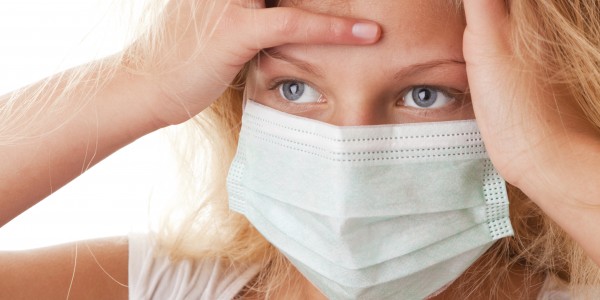Nobody’s immune
It may seem a little ironic but Dr John Carsley, one of VCH’s medical health officers, got the flu this year during the holidays. He wasn’t entirely convinced it was the flu, until it was confirmed by the lab, because his symptoms were mitigated by his flu shot.
John had a little fever, muscle aches and fatigue, which you normally don’t get when you have a cold, and no sore throat. He also had cough and congestion. Turns out it was confirmed as Influenza A/H3N2, the predominant type. According to the BCCDC virtually all A flu viruses assessed show mismatch from the vaccine strain (called “antigenic drift”), but for those who have had their flu shot, like John, would likely not experience the full brunt of the illness, with a shorter duration and milder symptoms.
It’s important that we all recognize these symptoms in ourselves, and our patients and clients.
Flu symptoms include:
- Fever
- Muscle aches
- Cough and congestion
- Fatigue/weakness/exhaustion
- Sore throat
Check out this handy chart – Is it the cold or the flu?
You can still get the flu shot. VCH Public Health offers clinics through March. Or visit your family doctor, walk-in clinic, or a participating pharmacist. Once you get your shot, please report it.
We are seeing increased number of patients presenting to physicians with influenza-like illness and greater than usual number of influenza outbreaks in residential care. It’s more important than ever to help minimize exposures and prevent transmission of influenza by:
- If you didn’t get a flu shot, wearing a mask while in patient care areas, and as per policy, having a Tamiflu prescription on file at a 24/7 pharmacy
- Practicing meticulous hand hygiene
- Staying at home when ill and reporting your illness by calling the Absence Call Line at 1-866-924-4297
To effectively manage outbreaks:
- Remaining vigilant for signs and symptoms of influenza-like illness. Early detection and rapid treatment is key to prevention of transmission
- Place the appropriate isolation sign outside the door and notify Infection Prevention and Control
- Use of appropriate PPE to the clinical situation (e.g. mask when caring for symptomatic patients)
For more information
Visit Flu 2014/15 for posters in multiple languages, and other useful resources.

